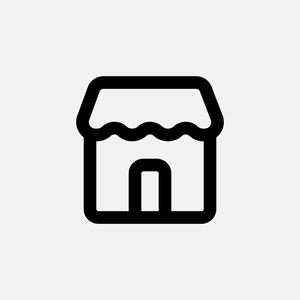Search
1/5
₱22.00
PVC Ball Valve Plain 1/2,3/4 for Plumbing - Home Improvement
Sold by Home Zen Supplies
21 sold
Select options
Select
Shipping
From ₱80.00
Est. delivery by Apr 19 - Apr 23

Home Zen Supplies
307 items
Shop performance
Better than 76% of other shops
Ships within 2 days
87%
Responds within 24 hours
82%
Product description
PVC ball valves are widely used in various plumbing and industrial applications for controlling the flow of fluids through pipes. They are made from polyvinyl chloride (PVC), which is known for its durability, chemical resistance, and affordability. Here’s a detailed guide on PVC ball valves, including their features, types, applications, and tips for selecting the right valve.
Features of PVC Ball Valves
Material:
PVC Construction: Made from high-quality PVC, offering resistance to corrosion, chemicals, and UV light. This makes them suitable for a wide range of applications.
Ball Mechanism: Features a spherical ball with a hole through its center that controls the flow of the fluid.
Design:
Quarter-Turn Operation: The ball valve operates with a quarter-turn handle that opens or closes the valve. The ball rotates 90 degrees to control flow.
Sealing: Uses a seal (often an O-ring) to ensure a tight shut-off and prevent leaks.
Size and Dimensions:
Pipe Size Compatibility: Available in various sizes, typically ranging from 1/2 inch to 6 inches or more, to fit different pipe diameters.
Pressure Rating: Rated for specific pressure ranges. Common ratings include 150 psi, 200 psi, or higher, depending on the valve’s design and application.
Connection Types:
Threaded (Male/Female): Allows the valve to be screwed onto threaded pipe ends.
Slip (Socket): Designed to fit over the pipe ends and is usually joined with solvent welds or glue.
Flanged: Features flanges that bolt onto flanged pipe ends for a secure connection.
Handle Types:
Lever Handle: A common type that provides a clear indication of the valve’s position (open or closed) and is easy to operate.
Gear Operated: Used for larger valves or in applications where precision control is needed
Explore more from Home Zen Supplies
More from category
 4.710091sold₱12.00₱24.00
4.710091sold₱12.00₱24.00
 4.510406sold₱55.00₱125.00
4.510406sold₱55.00₱125.00

4.6
1141sold
₱39.20
₱80.00


Jet Pump Water Booster Pump 1HP 1200W 60L/Min Heavy Duty Electric Water Pump Shallow Well Water Pump
4.1
907sold
₱2,018.00
₱5,998.00

4.8
9510sold
₱75.00
₱316.00

4.4
1071sold
₱17.00
₱68.00

4.5
1659sold
₱888.00
₱2,598.00



4.8
892sold
₱79.00
₱129.00

No more products
Open TikTok







































